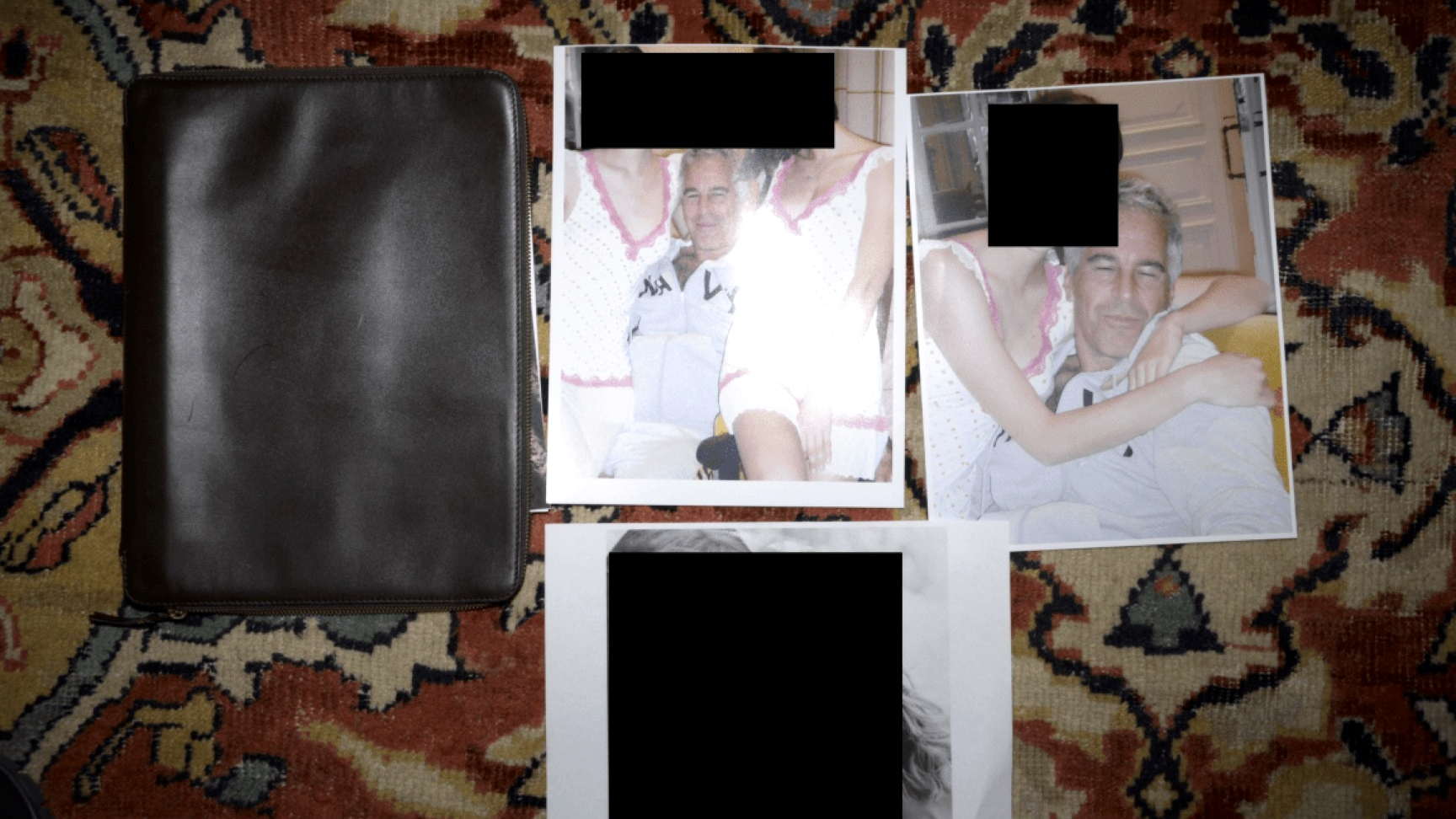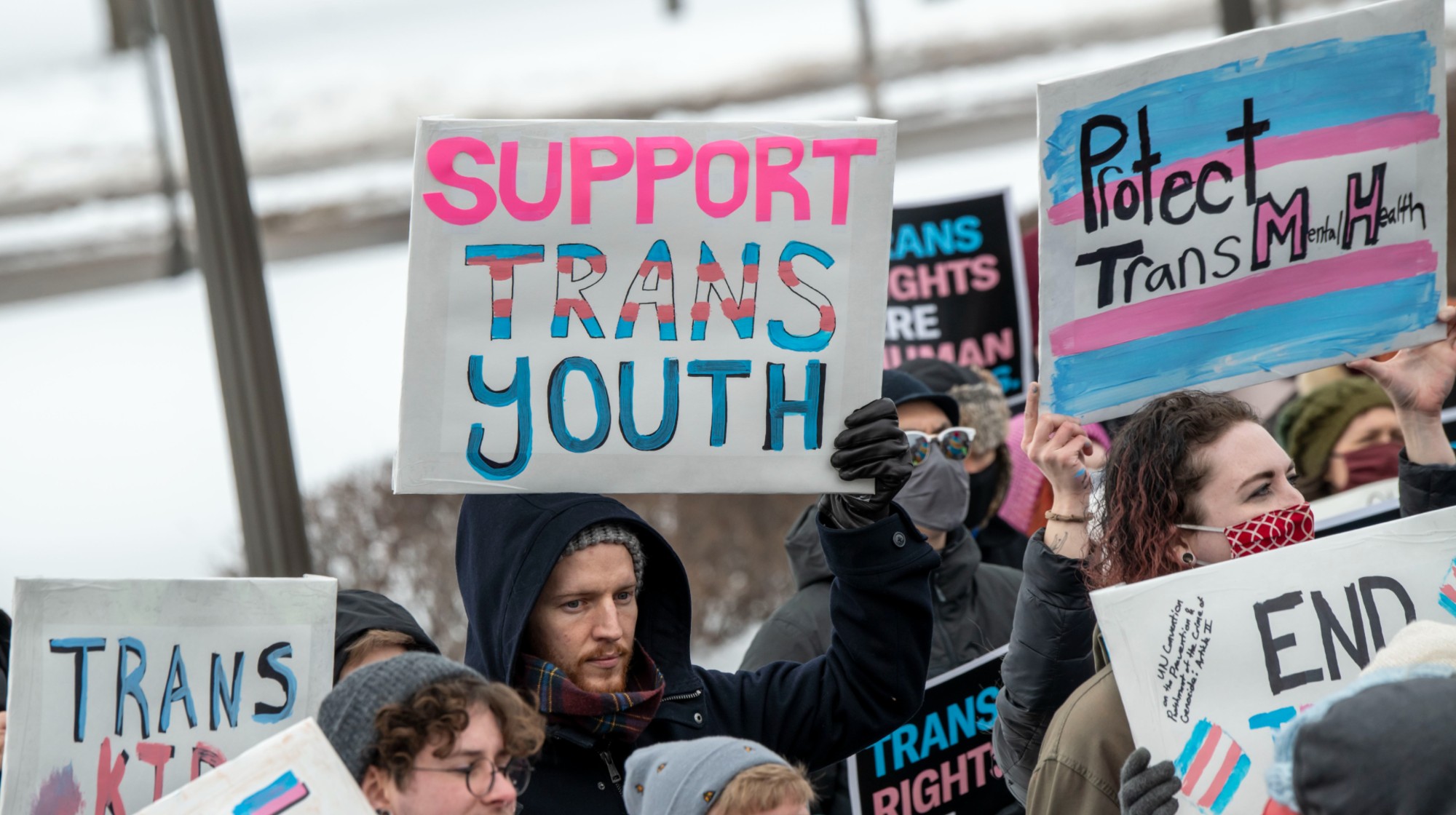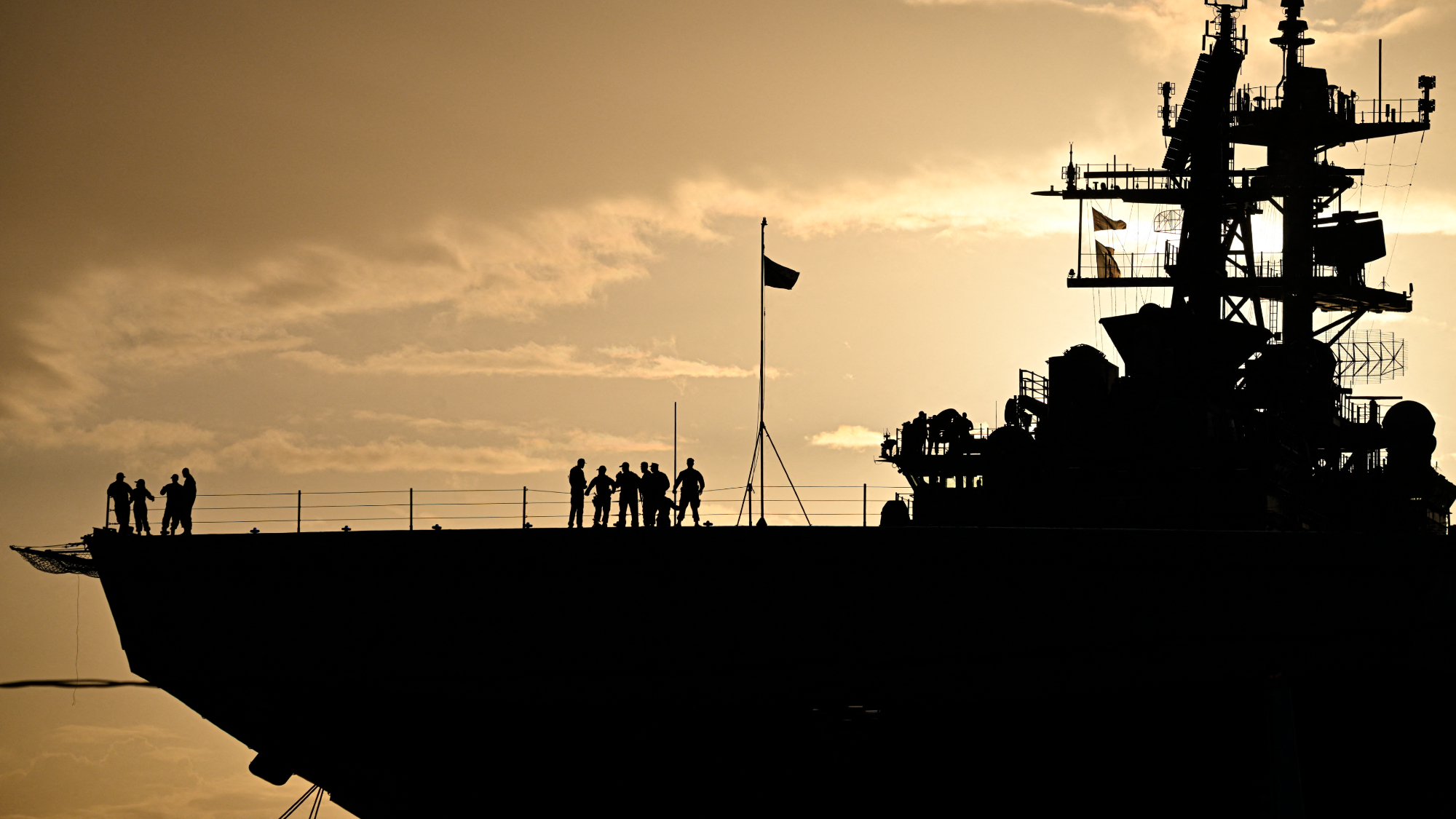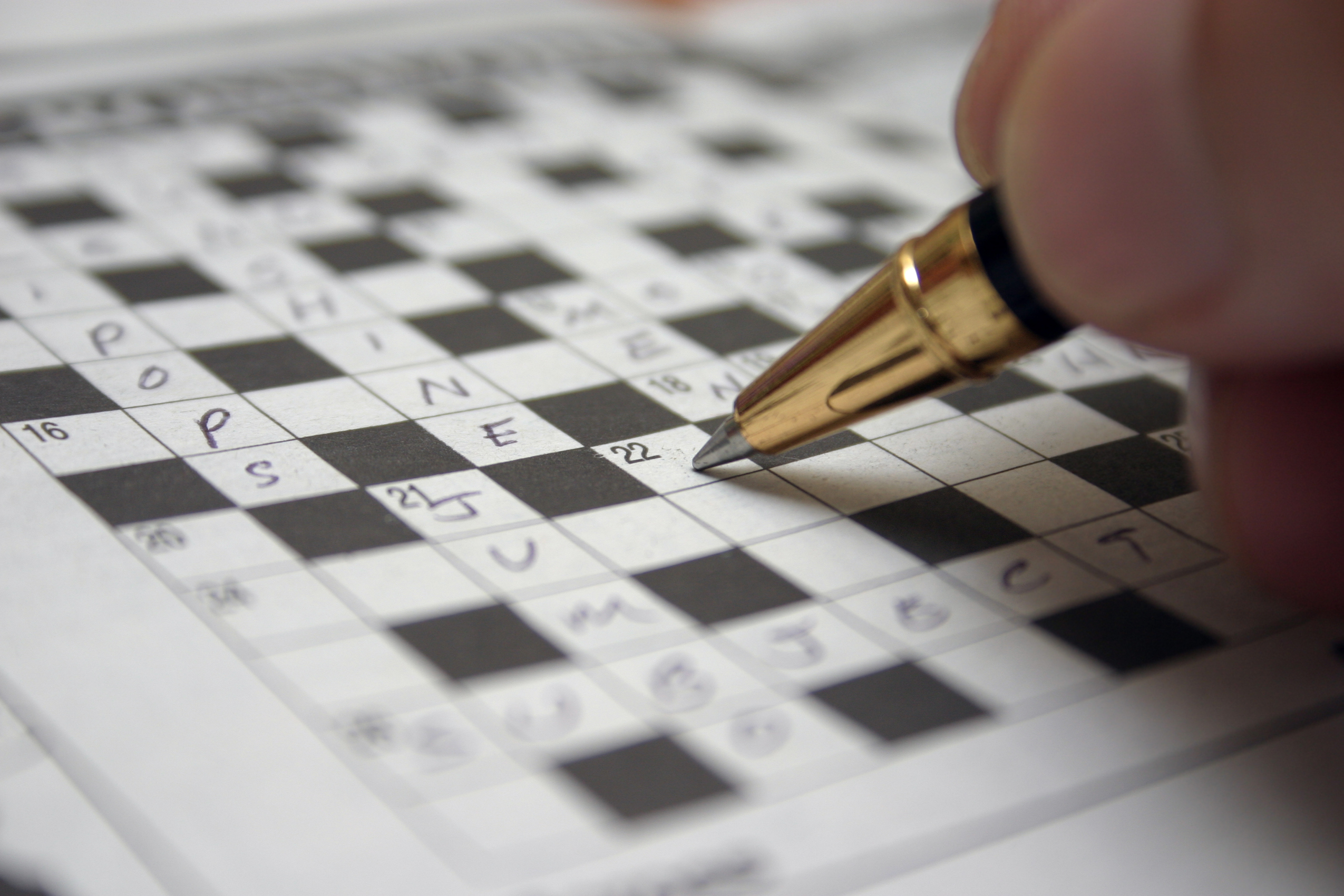Trump tweets 'thoughts & prayers' for USS John S. McCain crew, upgrading earlier response

About two hours after a Liberian-flagged oil tanker, Alnic MC, collided with the U.S. Navy destroyer USS John S. McCain at 5:24 p.m U.S. East Coast time in the Strait of Malacca off Singapore, President Trump tweeted that he was on his way back to Washington "after working hard" during his 17-day vacation at his New Jersey golf resort and other locations. The Navy, which announced the accident on Twitter a few minutes after Trump's tweet, said that 10 sailors are missing and five injured, and a search-and-rescue operation is underway. "Our first priority is determining the safety of the ship and crew," tweeted Adm. John Richardson, the chief of U.S. naval operations. "As more information is learned, we will share it."
On Sunday night, Trump tweeted out his "thoughts and prayers" to the sailors on the destroyer, which was damaged on the rear port side but is reportedly heading toward Singapore under its own power.
Earlier, when he arrived at the White House, reporters asked Trump about the accident. "That's too bad," Trump said.
The Week
Escape your echo chamber. Get the facts behind the news, plus analysis from multiple perspectives.

Sign up for The Week's Free Newsletters
From our morning news briefing to a weekly Good News Newsletter, get the best of The Week delivered directly to your inbox.
From our morning news briefing to a weekly Good News Newsletter, get the best of The Week delivered directly to your inbox.
The Strait of Malacca, connecting the Indian and Pacific Oceans, is often congested with shipping traffic, but analysts said the Navy should be concerned about the second collision in two months involving an Arleigh Burke-class destroyer in the 7th Fleet. Just last week, the Navy disciplined several officers for a deadly June collision between the USS Fitzgerald and a much larger container ship off Japan; seven U.S. sailors died. "They were already stretched after the Fitzgerald collision, and now they've lost a second frontline destroyer at an acute time in the region, with the tensions around North Korea and in the South China Sea," Euan Graham at Sydney's Lowy Institute tells The Washington Post.
In February, another guided-missile cruiser in the 7th Fleet, the Antietam, ran aground in Tokyo Bay near the fleet's base at Yokosuka, Japan, and in May, the Navy cruiser Lake Champlain collided with a South Korean fishing vessel, with no injuries, The New York Times notes.
A free daily email with the biggest news stories of the day – and the best features from TheWeek.com
Peter has worked as a news and culture writer and editor at The Week since the site's launch in 2008. He covers politics, world affairs, religion and cultural currents. His journalism career began as a copy editor at a financial newswire and has included editorial positions at The New York Times Magazine, Facts on File, and Oregon State University.
-
 Bari Weiss’ ‘60 Minutes’ scandal is about more than one report
Bari Weiss’ ‘60 Minutes’ scandal is about more than one reportIN THE SPOTLIGHT By blocking an approved segment on a controversial prison holding US deportees in El Salvador, the editor-in-chief of CBS News has become the main story
-
 CBS pulls ‘60 Minutes’ report on Trump deportees
CBS pulls ‘60 Minutes’ report on Trump deporteesSpeed Read An investigation into the deportations of Venezuelan migrants to El Salvador’s notorious prison was scrapped
-
 Trump administration posts sliver of Epstein files
Trump administration posts sliver of Epstein filesSpeed Read Many of the Justice Department documents were heavily redacted, though new photos of both Donald Trump and Bill Clinton emerged
-
 Trump HHS moves to end care for trans youth
Trump HHS moves to end care for trans youthSpeed Read The administration is making sweeping proposals that would eliminate gender-affirming care for Americans under age 18
-
 Jack Smith tells House of ‘proof’ of Trump’s crimes
Jack Smith tells House of ‘proof’ of Trump’s crimesSpeed Read President Donald Trump ‘engaged in a criminal scheme to overturn the results of the 2020 presidential election,’ hoarded classified documents and ‘repeatedly tried to obstruct justice’
-
 House GOP revolt forces vote on ACA subsidies
House GOP revolt forces vote on ACA subsidiesSpeed Read The new health care bill would lower some costs but not extend expiring Affordable Care Act subsidies
-
 Hegseth rejects release of full boat strike footage
Hegseth rejects release of full boat strike footageSpeed Read There are calls to release video of the military killing two survivors of a Sept. 2 missile strike on an alleged drug trafficking boat
-
 Trump vows naval blockade of most Venezuelan oil
Trump vows naval blockade of most Venezuelan oilSpeed Read The announcement further escalates pressure on President Nicolás Maduro



